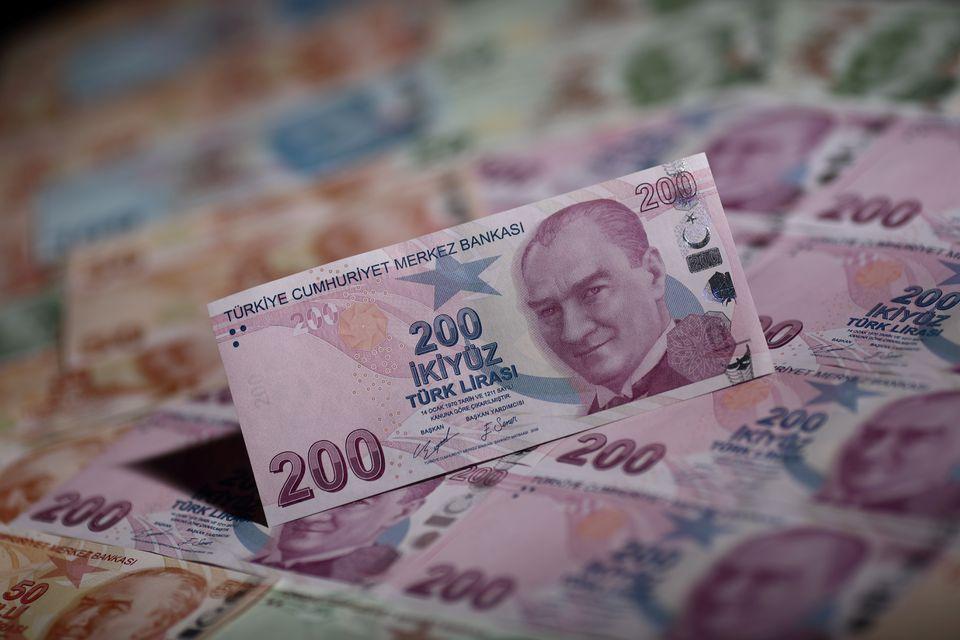BY ALAATTIN AKTAS
Let’s assume that the monthly price increases after February of this year remain at the average level for the last ten years. What kind of rate, then, awaits us in June 2023? As a second assumption, let’s presume that there will be expect high increases in the first five months of this year, and assume that the increase will be in parallel with the average of the previous years. The annual CPI increase in June 2023 (the official election date), then, becomes 12% with both assumptions.
The CPI increase this year will be 25%, according to the first assumption. The increase according to the second assumption is 33.5%. So, how is it that these two indices coincide at 12% on June 2023?
Here is how:
As of June 2023, the rate of increase for the last year is the same. However, the level of CPI, that is, prices, is different.
Or let’s think like this; an increase in the price of any product from TRY 100 to TRY 110 means an increase of 10%. So, the increase from TRY 150 to TRY 165.
Which balance would you prefer? The first one for sure! Otherwise, there is an increase at the same rate, but you pay more for that product.
Raise inflation, then lower it; what about the price level?
It is no longer a secret that the government’s main focus for June 2023 is economic data. They are trying to shape all indicators according to the election. Inflation is the one indicator they are trying hardest to lower by June 2023.
As an example, let’s say that a product whose current price is TRY 100 will inevitably rise to TRY 150 in a year and a half. Going to the ballot box with 50% inflation will be difficult for the government. But there is a solution for that.
The price of this good is pushed up and gradually increased to TRY 136 after six months. There is a 36% increase, but that is no big deal! The increase next year is much more important. The price will then rise from TRY 136 to TRY 150 in the year before the election, meaning the 10% increase target will be achieved.
An increase from TRY 136 to TRY 150 instead of from TRY 100 to TRY 150… The increase would be 50% but the rate of increase has been kept at 10% with this move.
Well, while that good was going to be sold for TRY 100 for the foreseeable future, it is sold for TRY 136 during this period.
What will be the cost to the citizen?
That’s why we say, “The rate of change is important, but the price level is even more important.”
Prices will continue to rise
Let’s go over the actual prices, that is, the index values.
In the graph, which we describe as the most optimistic scenario, we take the increase in January as 13.5% and the average of the last ten years for the following months.
The blue line on the graph indicates a very rapid retraction of the price increase. But what about prices, namely the index?
The index, which is expected to be 780 (2003=100) in January of this year, will rise rapidly to 907 in June of next year. However, the annual rate of increase, which was estimated at 52% in January this year, is expected to decrease to 12% in June 2023.
The money spent by the citizens will continue to increase; but since inflation is always measured as the price change in the last year, they will say that “Inflation has fallen”.
Attention! Falling inflation does not mean falling prices. It’s just a “slowing in the rate of increase in prices,” that’s all.
Let’s look at the other scenario. In this scenario, the index in this January is 780, with an annual increase of 52%. However, the level of the index is higher this time in June 2023 with 970. But since the rate of change is calculated by taking into account the last year, it is 12% again.











